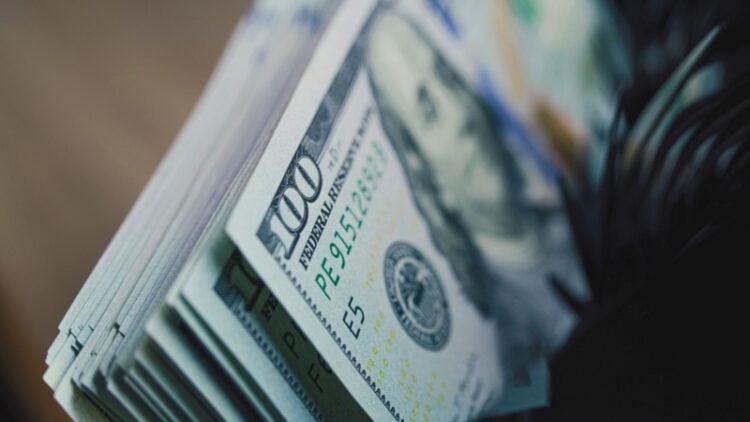Publisher: Maaal International Media Company
License: 465734
Dollar drifts near multi-year lows as Trump tariff deadline looms
The U.S. dollar drifted close to its lowest level since 2021 against the euro and the weakest since 2015 versus the Swiss franc on Monday, with traders alert for any trade-related headlines in the countdown to President Donald Trump’s tariff deadline, Reuters reported.
Most U.S. trade partners are set to see much steeper duties at the end of the 90-day moratorium on Trump’s “Liberation Day” reciprocal tariffs on Wednesday, with the President on Sunday clarifying the new rates would take effect from August 1.
Trump said his administration is close to finalising several trade deals in the coming days, while he will name some dozen countries later on Monday that are receiving letters with their new, higher levies.
اقرأ المزيد
So far, only Britain, China and Vietnam have agreed any sort of trade deal with the White House.
The tariff uncertainty weighed in particular on the risk-sensitive Australian and New Zealand dollars, ahead of monetary policy decisions in both countries in the coming two days.
“Market volatility appears inevitable when the pause officially ends and new tariff levels are announced,” James Kniveton, a senior corporate FX dealer at Convera, wrote in a client note.
At the same time, “the impact may prove more muted this time,” he said. “Unlike previous announcements where tariff levels exceeded expectations, current proposals are largely anticipated. Moreover, markets appear to be pricing in continued deadline extensions.”
The dollar slipped slightly to 0.7949 Swiss franc on Monday, edging back towards the July 1 low of 0.7869 franc, a level not seen since January 2015.
The euro eased 0.2% to $1.1767, not straying far from the July 1 peak of $1.1829, the highest since September 2021.
Sterling weakened 0.3% to $1.3615, but was still relatively close to the July 1 top of $1.3787, the strongest level since October 2021.
The dollar gained 0.3% to 145.04 yen, reversing an earlier decline.
The dollar index, which measures the currency against those four rivals and two other major counterparts, added 0.2% to 97.145, hovering above last Tuesday’s nearly 3-1/2-year trough of 96.373.
The Aussie dollar dropped 0.8% to $0.6502, sliding further from July 1’s near-eight-month high of $0.6590.
The Reserve Bank of Australia is widely expected to cut the cash rate by another quarter point on Tuesday amid a cooling in inflation and an uncertain growth outlook.
“These factors, combined with ongoing concerns around tariffs and trade, have negated any concerns that the RBA may have held about a tight labour market,” IG analyst Tony Sycamore wrote in a client note.
“Forward guidance is expected to sound dovish, leaving the door open for further rate cuts into year-end.”
The Reserve Bank of New Zealand, by contrast, is predicted by a majority of economists to hold rates steady on Wednesday, although one more quarter-point reduction is expected later this year.
The New Zealand dollar slipped 0.7% to $0.6010.
The U.S. dollar gained about 0.3% against both the Canadian dollar and the Mexican peso, to last stand at C$1.3640 and 18.6548 pesos.









